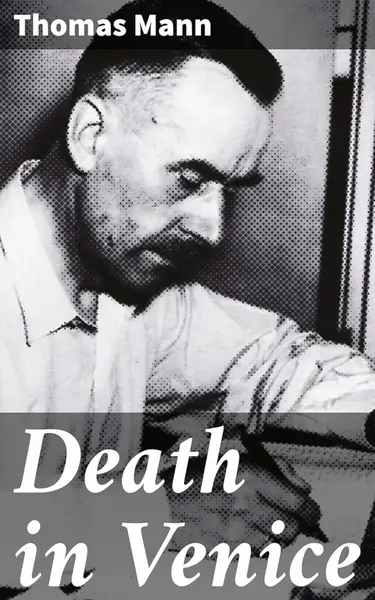Death in Venice

Aschenbach becomes captivated by the beauty of a young Polish boy named Tadzio, who embodies the ideal of youthful perfection. He becomes infatuated with Tadzio, which leads to a conflict within himself as he grapples with his repressed desires and the societal norms that restrain him.
Throughout the novella, the city of Venice acts as a symbol of decay and sensuality. It contrasts with Aschenbach's disciplined and ordered life. As he indulges in his desires, his health deteriorates, and he becomes aware of the inevitable approach of death.
The narrative of Death in Venice explores the themes of beauty and art, the tension between discipline and desire, and the confrontation with mortality. Mann delves into the psychological complexities of the human condition, portraying the struggle between the conscious and unconscious mind. And the consequences of denying one's true desires.
Cholera strikes the city. Even so, Aschenbach succumbs to his desires and remains in Venice. He dies while observing Tadzio, symbolizing his surrender to his long-suppressed desires and the acceptance of his mortality.